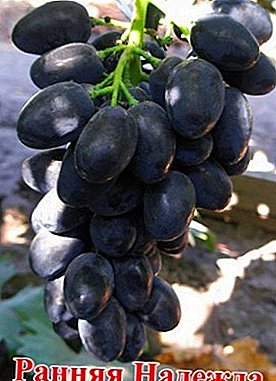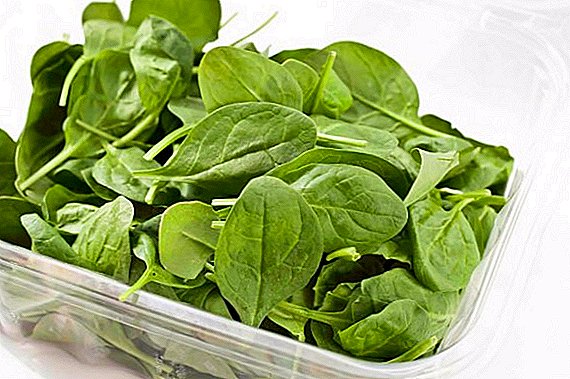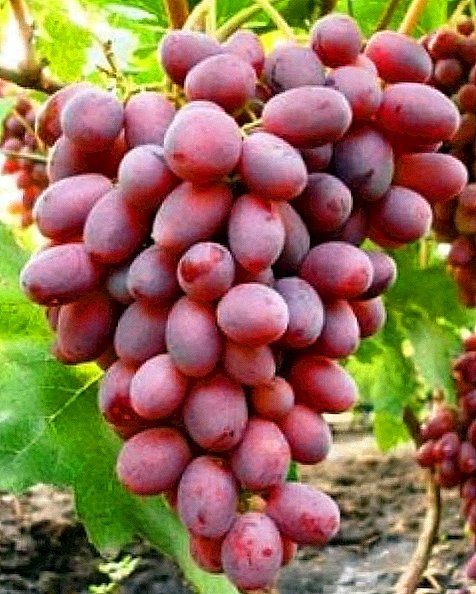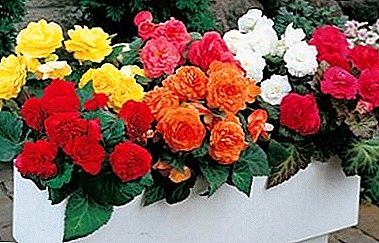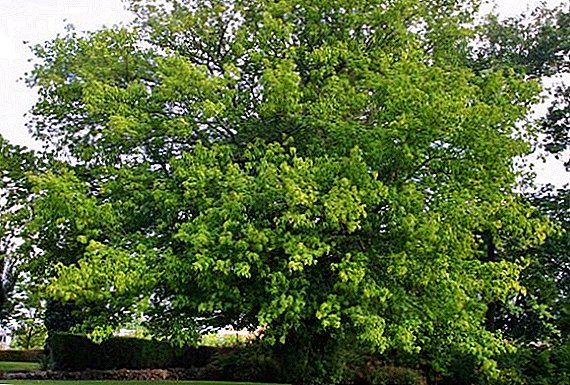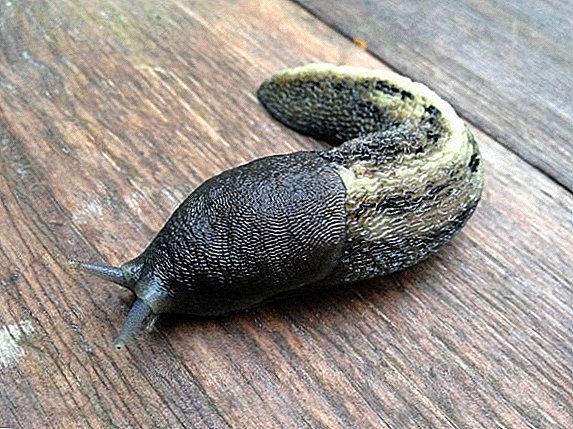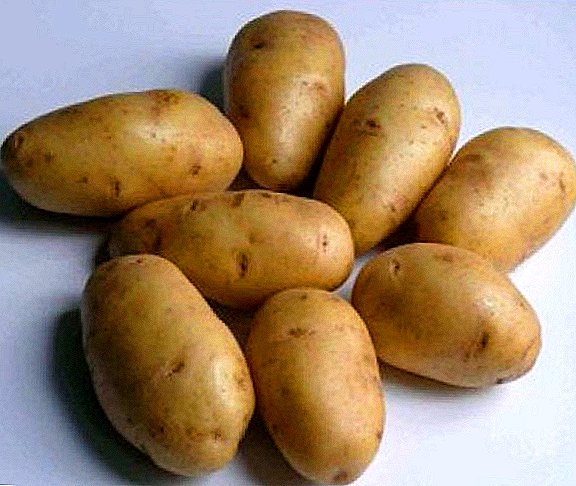
Wild low-growing shrub, the first mention of which dates from the XVI century, due to its healing qualities for several centuries has gained a very wide popularity.
Started under Empress Elizabeth Petrovna, the cultivation of this plant has so far achieved impressive results, and now the lingonberry plantations have spread out not only in Russia.
It has found its recognition in North America (cowberry - "cowberry"), and in some European countries, for example, in Sweden, Finland and the Netherlands.
Description and distribution
Lingonberry (Vaccinium vitis idaea L. - "Vine from Ida Mountain") is a small perennial shrub growing in the pine or deciduous forests of the middle belt, as well as in Eastern and Western Siberia.
The areola of its growth is wide enough. It is found among white and green mosses, and in the peat bog, and in the tundra, and even in the far north.
 Lingonberry bushes are often interconnected by rhizomes and, in fact, are one plant.
Lingonberry bushes are often interconnected by rhizomes and, in fact, are one plant.
Its dark red ripe berries are piled on the tops of the stems, and the evergreen, rounded leaves are leathery, dense and shiny.
Lingonberry is resistant to low temperatures, and under favorable conditions its low-growing bushes grow up to 15 cm, forming whole thickets.
Lingonberry has ripened by the end of summer, and in August its berries are the ripest and juicy.
The leaves, which are also widely used for medicinal purposes, are harvested in the spring before the flowering of the shrub, or in the fall after picking the berries.
Read on our site about the healing properties of cranberries.
Find out here the description of the maroshka.
Peculiarities of growing jujube: //rusfermer.net/sad/plodoviy/uxod/yuyuba.html
Useful properties of lingonberry and its application
Lingonberry, its berries and leaves, has found a worthy application not only in homeopathy and herbal medicine, but also occupied an honorable place in the beauty and cooking industry.
In medicine
Lingonberry berries - is, above all, a source of beta - carotene, which is a precursor of vitamin A. Since this vitamin is not independently synthesized in our body, the value of beta carotene is difficult to overestimate.
Vitamin A is vital for the immune system, actively contributes to the body's resistance to infections, has a positive effect on human growth. A lack of vitamin A in the body inevitably leads to impaired vision.
 In addition, it was found that lingonberries are very rich in vitamin C. In its content, it is ranked first among its wild counterparts - cranberries and blueberries.
In addition, it was found that lingonberries are very rich in vitamin C. In its content, it is ranked first among its wild counterparts - cranberries and blueberries.
Vitamin C is the first line of antioxidant protection of our body.
It helps to neutralize the harmful effects of more than 50 different chemicals from the environment.
Ascorbic acid activates all life processes, protects the body from infections, strengthens the immune system, stimulating the formation of the main components of the human immune system, which are responsible for the body's resistance to various viruses and bacteria.
Interestingly, cowberry leaves have no less potential for healing the body than the berries themselves. This is a whole treasure trove of minerals and valuable chemical compounds.
They contain mineral salts, catechins, tannins and a variety of organic acids, such as malic, formic, citric, oxalic.
There are a number of important trace elements for the human body: potassium, magnesium, calcium, copper, chromium, phosphorus and manganese.
 In addition, the leaves of lingonberry have arbutin - a natural antiseptic, as well as antioxidants and flavonoids.
In addition, the leaves of lingonberry have arbutin - a natural antiseptic, as well as antioxidants and flavonoids.
It is not surprising that such a rich medical arsenal gives lingonberries a whole range of useful features.
It has a positive effect on the human body as various means, for example:
- antipyretic;
- anti-inflammatory;
- antibacterial;
- tonic;
- wound healing;
- immuno-strengthening;
- choleretic;
- anthelmintic;
- sudorific.
Cowberries have been successfully used for decades to treat:
- cardiovascular system - hypertensive illness, stenocardia, rheumatism, thrombophlebitis, coronary heart disease, varicose veins;
- digestive organs - gastritis with low acidity, stomach swelling, inflammation of the pancreas, gallstones, diarrhea, constipation, liver disease;
- nervous system - mental fatigue, neurasthenia, headaches, anemia.
In addition, tinctures, teas and decoctions of lingonberries help with colds, vitamin deficiency, cystitis, skin cancer, high cholesterol, bleeding of various properties, women's ailments, and eye diseases.
Read how to care for the garden for its wild growth.
Features landing grouse chess: //rusfermer.net/sad/tsvetochnyj-sad/vyrashhivanie-tsvetov/poskadka-i-vyrashhivanie-shahmatnogo-ryabchika.html
In cooking
Ripe berries of a cowberry - with sourness and smack of easy bitterness, but very toning and tasty. The best option to preserve all the amazing beneficial properties of these berries is to use them fresh.
 You can also grind the berries, and then they will become an excellent ingredient for natural juices and fruit drinks.
You can also grind the berries, and then they will become an excellent ingredient for natural juices and fruit drinks.
In various combinations with other berries and fruits, lingonberries can replenish your homemade collection of jams, preserves and compotes.
Lingonberry fruits are very convenient for storage, because, due to the content of benzoic acid, they are able to maintain their freshness and taste for a long time.
Therefore, there are several options for storing berries, for example:
- Pour water (soaked cranberries) and leave until spring in the refrigerator.
- Dried in the oven at a low temperature and then stored in fabric bags in a cool place.
- Freeze in one layer in the freezer.
In cosmetology
Thanks to its unique combination of vitamins and microelements, lingonberries are successfully used in cosmetology.
For example, vitamin A, being a fat-soluble antioxidant, protects the skin from premature wrinkles, and vitamin C, participating in the synthesis of collagen, stimulates the regeneration of skin cells and protects it from the effects of harmful substances.
Therefore, lingonberry berries are endowed with the ability to provide a powerful rejuvenating effect and are an essential component of anti-aging masks and creams.
Specificity storage of gladiolus bulbs at home until the next harvest.
Making a putty for the tree with your own hands, find out how by clicking on the link: //rusfermer.net/sad/plodoviy/uxod/sadovyj-var.html
Contraindications to the use of cranberries
 We can say that lingonberries, having such a wide range of effects on the body, have practically no contraindications.
We can say that lingonberries, having such a wide range of effects on the body, have practically no contraindications.
Perhaps, on the basis of some of its properties, it should be used with caution in people with increased acidity of the stomach, hypotonia, and also in the postoperative period in order to avoid excessive bleeding.
The amazing and useful properties of this beautiful northern berry make lingonberries one of the favorite delicacies for many generations and peoples in different countries.


 Read on our site about the healing properties of cranberries.
Read on our site about the healing properties of cranberries. Read how to care for the garden for its wild growth.
Read how to care for the garden for its wild growth. Specificity storage of gladiolus bulbs at home until the next harvest.
Specificity storage of gladiolus bulbs at home until the next harvest.